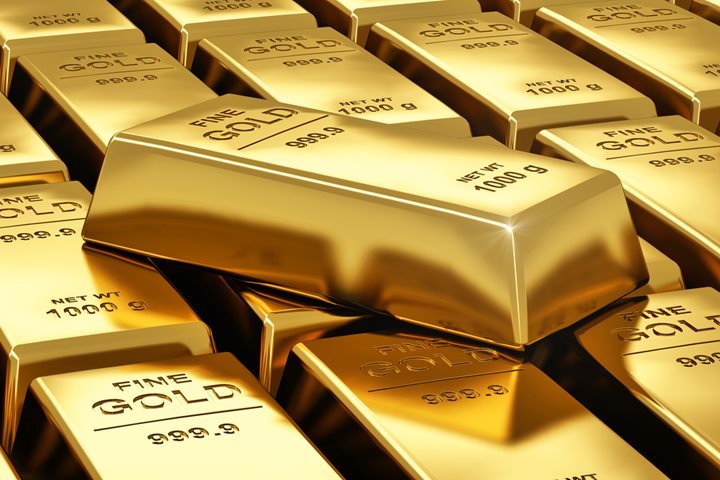Even though gold prices might be under a bit of pressure from the current “risk-on” environment for equities and rising interest rates, there are a number of analysts who predict that the price will recover and say the precious metal can provide investors with real risk protection.
As of right now, gold is trading at around $1,210 per troy ounce. During Monday’s trading session, it fell to $1,204.45, which makes this the lowest trading level since March 15. What’s causing this fluctuation in price? Well, there are a number of factors weighing on the price, such as the rising interest rate environment where the U.S. Federal Reserve’s hawkishness has caused the dollar to increase, which in turn puts pressure on the dollar-denominated metal.
That said, inflation in the U.S. may prove to be beneficial for gold, according to Nitesh Shah, a commodities strategist at ETF Securities. Generally speaking, gold is thought of as a hedge inflation.
On Monday, in an interview with CNBC, Shah stated: “We believe that inflation in the U.S. will remain elevated and will rise above 2 percent. And therefore the real interest rate in the U.S., despite interest rates increasing, will remain quite subdued.” According to Shah, this will give gold prices the chance to rise to about $1,260 per troy ounce by the end of 2017. He added: “Gold still remains a very good hedge towards event risks and with key events like the escalation of tensions in the Middle East, or the sabre rattling between the U.S. and North Korea, we think that gold has potential to spike upwards should any of these tail events come to the fore.”
Additionally, according to Adrian Ash of BullionVault, gold’s current price means that it is cheaper for investors looking for insurance against other assets falling.
Is it time to buy?
Suki Copper certainly thinks so. The precious metals analyst at Standard Chartered Bank said that the current price point is a buying opportunity. “Gold prices closing in on $1,200 per ounce offers attractive opportunities to buy.”
With that being said, Copper did warn investors that there are several near-term headwinds which might keep the price of gold considerably weak. First and foremost, the yields on benchmark 10-year Treasury note are sitting at around 2.4%. Second, India’s biggest tax reform in 70 years, the Goods and Services Tax, will weigh heavily on demand this month. The tax was first kicked in on July 1 and has since increased the tax on gold from 1.2% to 3%.
The Takeaway:
Regardless of the above-mentioned headwinds, investor positioning is likely to remain in favor of gold, according to UBS.
It’s worth noting that net long positions have been reduced by 53%, or 12 million ounces, as short positions have increased, according to UBS. It’s expected this change will limit the market’s selling power.
“We maintain our view that gold should recover from this latest pullback as the move higher in real rates is unlikely to be sustained and we see longer-term value around these levels,” said Teves.
Featured Image: depositphotos/scanrail











